UC Davis releases 5 grape varieties resistant to Pierce’s disease
For the first time since the 1980s, University of California, Davis, researchers have released new varieties of wine grapes. The five new varieties, three red and two white, are highly resistant to Pierce's disease, which costs California grape growers more than $100 million a year. The new, traditionally bred varieties also produce high-quality fruit and wine.
“People that have tasted the wine made from these varieties are extremely excited,” said Andrew Walker, geneticist and professor of viticulture and enology at UC Davis, who developed the new Pierce's disease-resistant varieties. “They are impressed that they're resistant, but also that they make good wine.”
Pierce's disease a growing threat
Pierce's disease is caused by a bacterium spread by a group of insects called sharpshooters. It causes grapevine leaves to yellow or “scorch” and drop from the vine. The grape clusters also dehydrate, and infected vines soon die. While the disease has been around since the beginning of wine grape production in California, concerns have escalated with the arrival of the nonnative glassy-winged sharpshooter, which has the potential to spread the disease more rapidly. Pierce's disease occurs most often near rivers and creeks, and around urban and rural landscaping where sharpshooter populations reside.
Pierce's disease also threatens wine grapes in the southeastern U.S. Rising temperatures from climate change could increase the spread of the disease, which is thought to be limited by cold winters. Growers in the Southeast can usually only grow Pierce's disease resistant varieties that don't have the same wine quality as the European winegrape species, Vitis vinifera, which is typically grown in California.
New varieties more sustainable
To create the new varieties, Walker crossed a grapevine species from the southwestern U.S. and northern Mexico, Vitis arizonica, which carries a single dominant gene for resistance to Pierce's disease and was used to cross back to Vitis vinifera over four to five generations. It's taken about 20 years to develop the five patent-pending selections that are now being released.
“These varieties will hopefully make viticulture much more sustainable and provide a high-quality wine that the industry will welcome,” said Walker. “So far there has not been tremendous interest in new wine grape varieties, but climate change may encourage growers to reconsider wine grape breeding as we work to address future climates and diseases.”
Winemaker Adam Tolmach, owner of The Ojai Vineyard in Ojai, planted four of the new varieties as part of a 1.2-acre experimental field trial. The trial was on the same plot of land where Pierce's disease wiped out his grapes in 1995. The vineyard then and now is organic, so spraying insecticides to fight the disease spread wasn't an option.
“I wasn't interested in planting in that plot again until I heard about these new Pierce's disease-resistant grape varietals,” said Tolmach. “This year was the first harvest. We've just begun to evaluate the wine but I'm very encouraged.”
Five varieties to suit every taste
The five new varieties of wines were evaluated by sensory tasting panels. Tasters included leading industry winemakers and enologists in prominent wine-growing regions of California and Texas as well as regions in the southeastern U.S.
“What I think is exciting is that they're stand-alone varieties independent of whether they have Pierce's disease resistance,” said Doug Fletcher, former vice president of winemaking for Terlato Family Wine Group.
The three new red varieties are camminare noir, paseante noir and errante noir.
Camminare noir has characteristics of both cabernet sauvignon and petite sirah. The selection has ranked highly at numerous tastings of fruit grown in both Napa and Davis. Tasting comments: dark-red purple color, bright red fruit, raspberry, cherry, ripe, tannic, elegant rather than dense. The variety is 50% petite sirah and 25% cabernet sauvignon.
Paseante noir is similar to zinfandel. It has also been ranked highly at tastings. Tasting comments: medium dark red with purple; berry pie, cassis, black olive, herbal, dried hay, coffee, vegetal like cabernet sauvignon, licorice, round, moderate tannins, soft finish. The variety is 50% zinfandel, 25% petite sirah and 12.5% cabernet sauvignon.
Errante noir is a red winegrape most similar to a cabernet sauvignon and has great blending potential. Tasting comments: dark-red purple color; complex fruit with herbs and earth, plum, big wine, dense, rich middle, tannic yet balanced. The variety is 50% sylvaner and 12.5% each of cabernet sauvignon, carignane and chardonnay.
The two new white grape varieties are ambulo blanc and caminante blanc.
Ambulo blanc is similar to sauvignon blanc and has been tested in Temecula, Sonoma and along the Napa River. Tasting comments: light straw to clear color, citrus, lime, tropical, gooseberry, golden delicious apple flavors; bright fruit, slightly bitter, textured. The variety is 62.5% cabernet sauvignon, 12.5% carignane and 12.5% chardonnay.
Caminante blanc has characteristics of sauvignon blanc and chardonnay. Wines have been made from Davis fruit and ranked well. Field trials are underway at Pierce's disease hot spots in Ojai and Napa. Tasting comments: light straw-gold color, apple-melon, lychee, floral aromas, pineapple, green apple, juicy, harmonious, well-balanced. The variety is 62.5% cabernet sauvignon, 12.5% chardonnay and 12.5% carignane.
These five varieties are ready for patenting and release. There will be limited amounts of plant material available for propagation in 2020 as only a few of the grape nurseries participated in a pre-release multiplication program. Much more will be available in 2021. The Pierce's disease resistance breeding program continues, and more selections are approaching release.
Comments:
Thank you
I will be planting ~100 vines in the previous olive tree rows.
My question is, what is the ideal trellising system do I choose?
We will hand harvest and we do not use any chemicals.
For weed control, we like to use weed fabric block. Is this a good or bad idea?
I plan to plant ~10 acres over the next 3 years.
I have ordered 50 each of Black Spanish and Blanc Du Bois, as starter. I waited too long to order your vines - next year!
Next year I will plant 200 each of:
Camminare noir
Paseante noir
Errante noir.
Then whites in year 3.
What books do you recommend for beginners?
Thank you for your help and assistance.
We are organic growers.


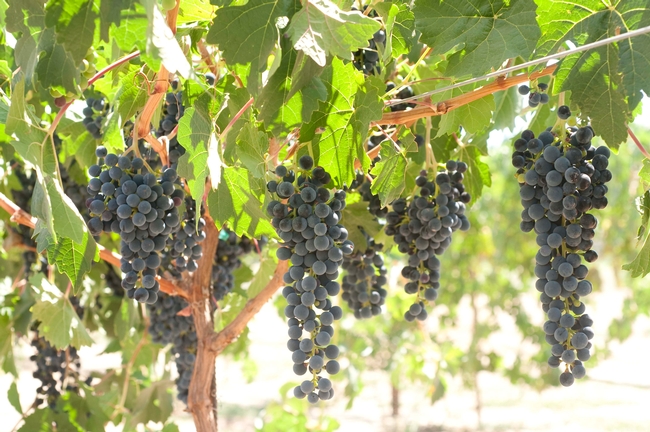
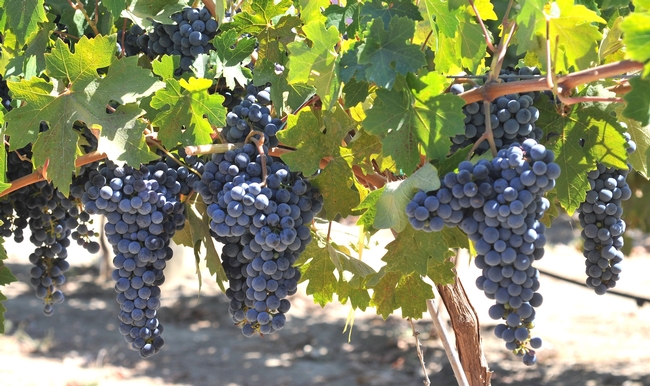
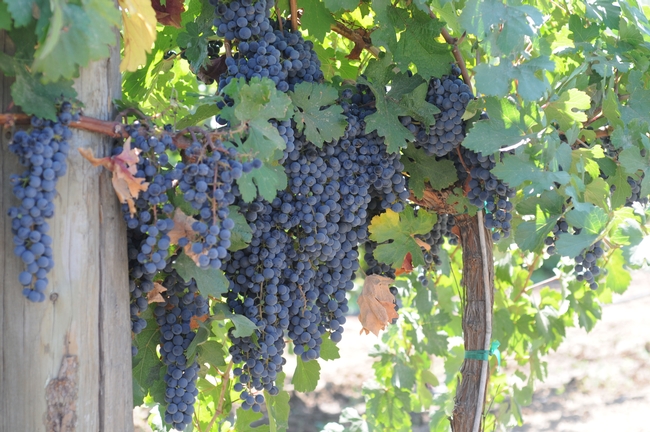
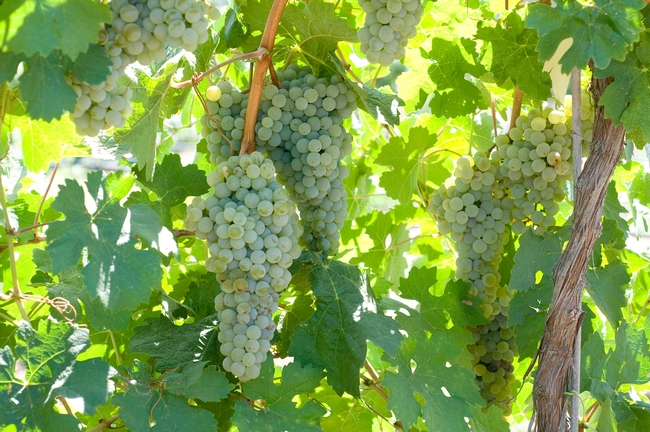
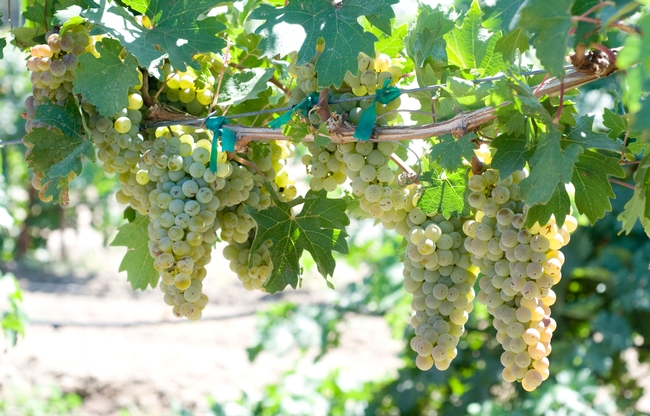
Posted by Yigal on March 3, 2020 at 4:30 PM